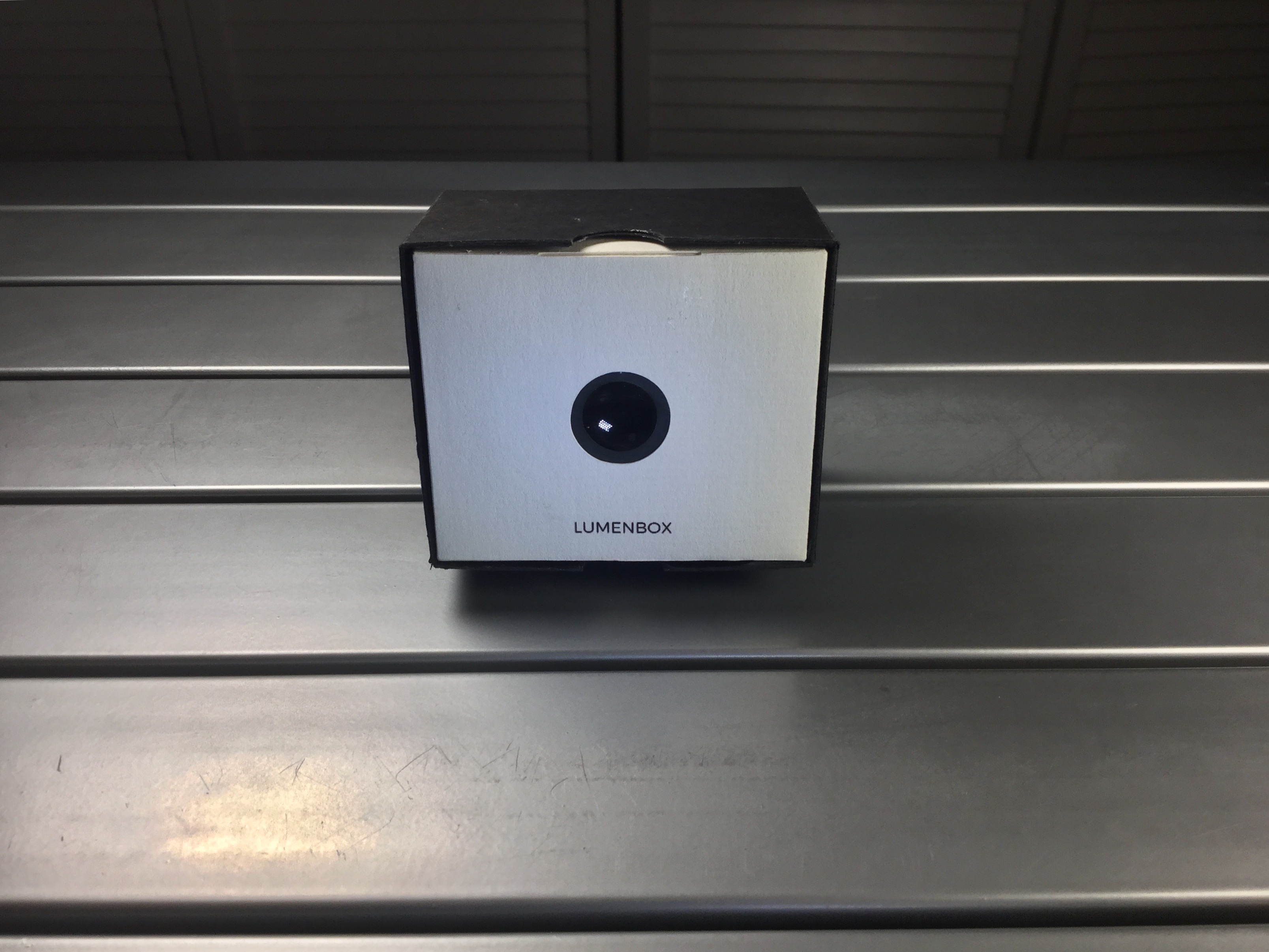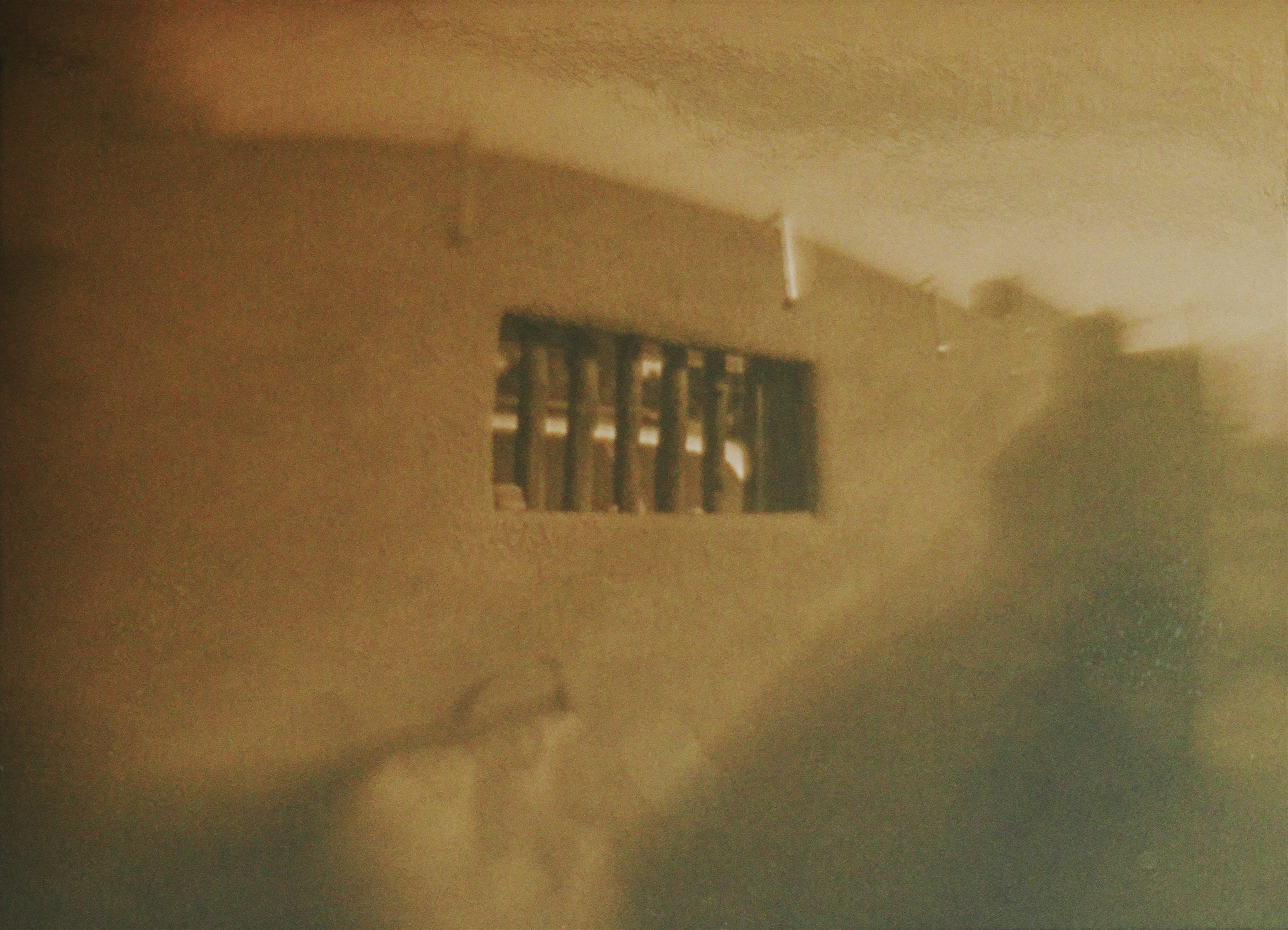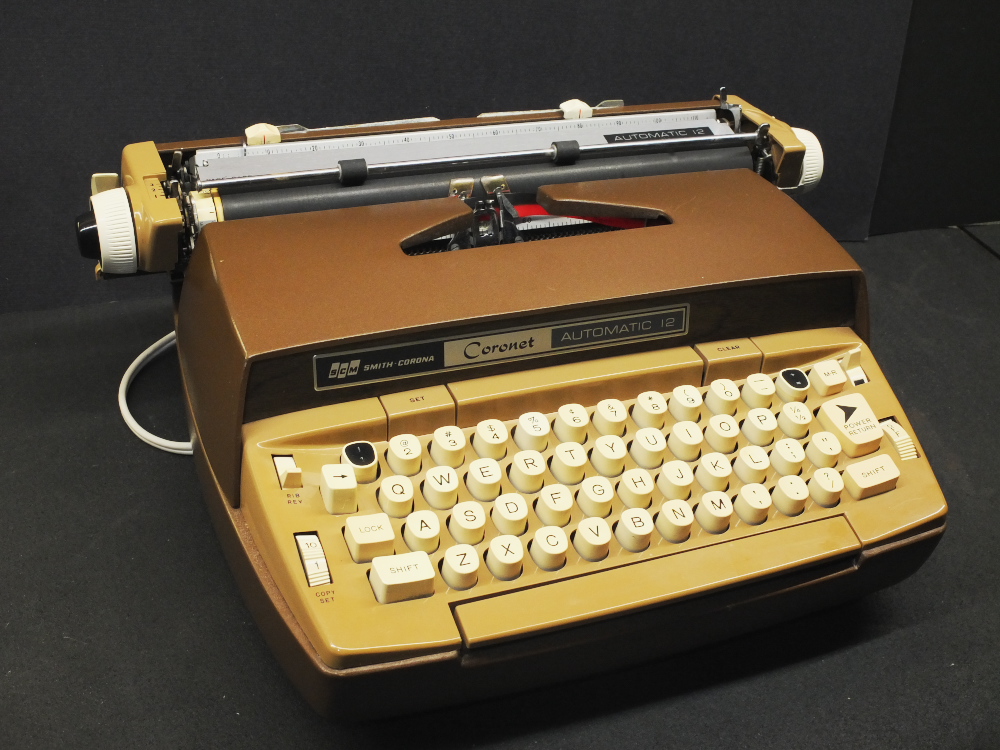Testing the Lumenbox


Post-Script: This first image was 1/2 hour exposure in morning light with the aperture stop in place. The image was rather faint on the paper negative, but after digitization the tones were expanded in software using the curves and contrast adjustment tools.

Note the interesting colors. The cyan tones on the trees appear almost realistic, and the sky in the upper left corner resembles the martian landscape via NASA imagery. Reminds me of an artifact from my formative years in the 1960s, when many Americans still only had black-and-white television, of a colored plastic overlay attached to the screen, that had three color zones, blue on top, brown in the middle and green in the foreground. It looked eerily realistic for certain televised baseball shots of the infield.
This next image was taken this afternoon, in my front courtyard in brighter sun. Another 1/2 hour exposure, this one minus the aperture stop, so the lens was wide open and hence producing a slightly softer image.

Given that the courtyard walls are sand brown colored stucco, there is a certain eery resemblance to reality here.
Making lumen print images is a fun hybrid process. Making the paper negative requires little else but time, no additional chemical processing needed. Like a slow negative polaroid without the chemical pod. Most of the work is in post-production, where you can apply your creative vision to the tonal curve in order to get the contrast to your liking. The colors kind of fall where they may, as they are an inversion of the negative's original tones, appearing on the opposite side of the color wheel spectrum.
This process isn't really complete unless these images are printed in delicate color tones upon textured art paper via digital printer. Since I lack such a printer, that will have to wait for the future.
See the description field in the videos for details on Jorge Otero's Lumenbox project.
Typecast via Jitters, the coffee-and-chocolate colored electric Smith-Corona, sporting a brown ink ribbon.

Labels: Lumen prints, Lumenbox, SCM Coronet Automatic 12

4 Comments:
Super interesting little gem of a camera. Looks like a fun one to use and the process looks really neat.
Great name for that Smith-Corona!
Can Anyone help me with contact information for Joe Van Cleave. I have a question about a typewriter (Olympia) that he worked on in video series #68. Thanks
Donna, email me at: jvcabacus(at) yahoo (dot) com.
Post a Comment
<< Home